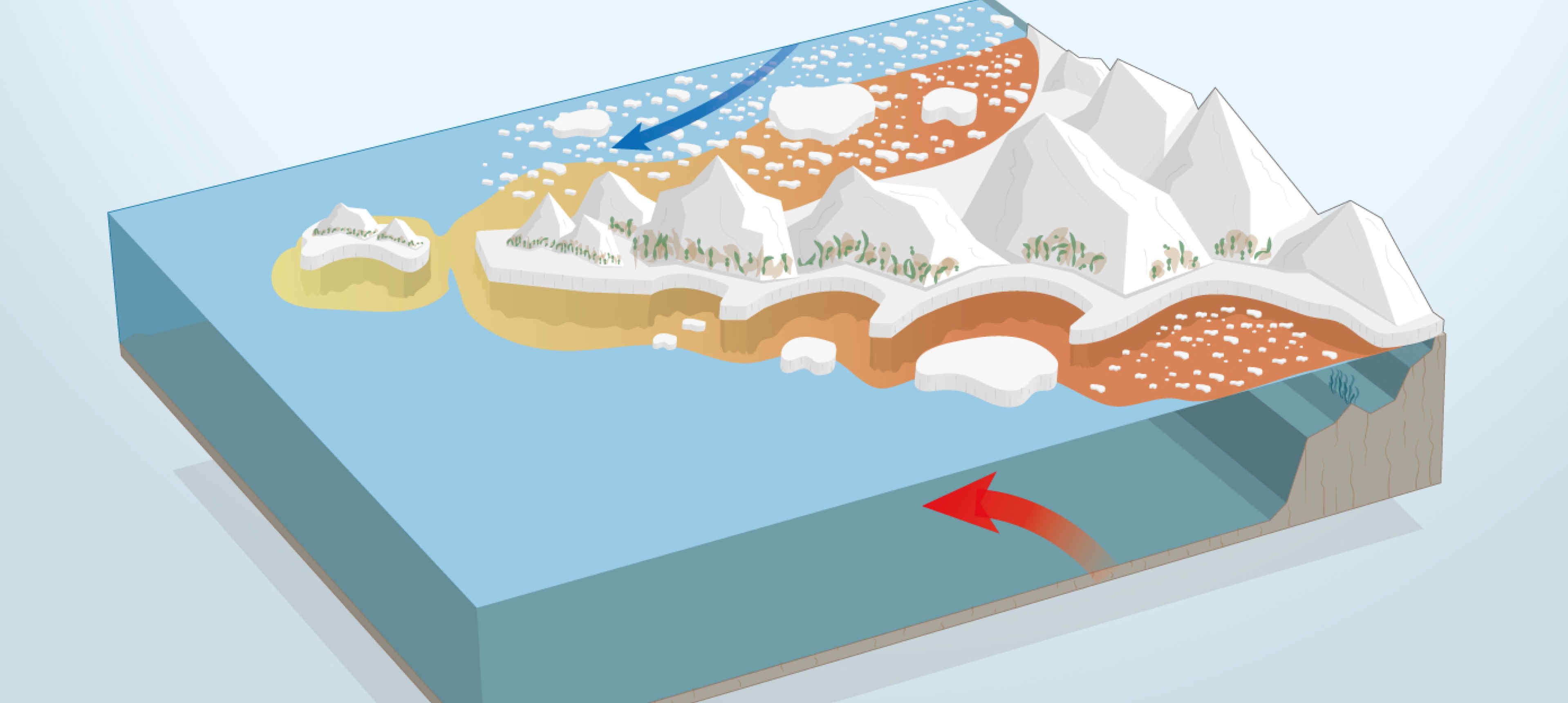Earth and Life Sciences
Climate and environmental change will affect ecosystems, resources, and natural events such as disasters across the globe. Research at Imperial ranges widely across earth and life sciences to understand the processes that drive them, and identify, quantify and analyse the potential impacts. Strengths include understanding the progression of prehistoric climate change, the impacts on modern polar regions how global warming will affect freshwater ecosystems, and how carbon dioxide concentrations are affected by the changing patterns of land-use. Such knowledge can ultimately help to predict the effects of environmental change and inform decisions relating to adaptive measures.
Academics / Publications
Academic Expertise
Explore our directory of Imperial academics who are working in:
Publications
Grantham Institute briefing papers provide background and advice on key climate change and environment issues.
Read Grantham Institute publications about earth and life science.
A selection of projects
Primary production and global environmental change
Professor Iain Colin Prentice: AXA Chair in Biosphere and Climate Impacts, Imperial College London and Dr Han Wang: Maquarie University
 Plant scientists and ecologists have been thrown into some confusion by the need to predict how global environmental change might impact on primary production – the process by which photosynthesis uses the Sun’s energy to transform carbon dioxide (CO2), water and minerals into plant life. A number of complex models have been built for this purpose. Unfortunately they give quite different answers and cannot all be right.
Plant scientists and ecologists have been thrown into some confusion by the need to predict how global environmental change might impact on primary production – the process by which photosynthesis uses the Sun’s energy to transform carbon dioxide (CO2), water and minerals into plant life. A number of complex models have been built for this purpose. Unfortunately they give quite different answers and cannot all be right.
Professor Colin Prentice’s AXA Chair team are developing new modelling approaches that are simpler, transparent, based on fundamental science and informed by observations to the greatest possible extent. This is possible partly because we live in a far more data-rich world than was imagined two decades ago, when the current ‘state of the art’ models were first developed.
Find out more about the project.
Crop diseases and pests
Fusarium Ear Blight
Julia Halder: Grantham funded doctoral researcher, Imperial College London
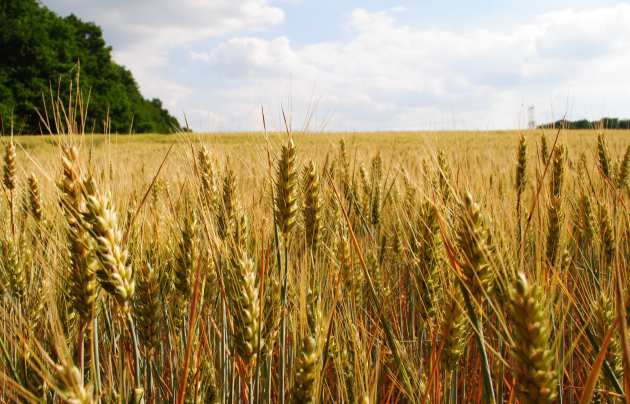 The disease Fusarium Ear Blight is a problem for farmers across the globe who produce staple crops including wheat, maize and rice, and is caused by pathogenic (disease causing) fungi. Like many plant pathogens, its life cycle is highly influenced by the weather, meaning the risk of the disease could change as the result of climate change.
The disease Fusarium Ear Blight is a problem for farmers across the globe who produce staple crops including wheat, maize and rice, and is caused by pathogenic (disease causing) fungi. Like many plant pathogens, its life cycle is highly influenced by the weather, meaning the risk of the disease could change as the result of climate change.
Computer models of the disease have been used with climate model output to estimate any change in risk for the 2020s and the 2050s, for a small number of geographic regions. Results of these so far broadly indicate that there will be an increased risk of the disease over the first half of this century. However, most computer models show that fusarium ear blight is highly influenced by rainfall in short critical time periods around a certain growth stage of the crop. Given that projections of future rainfall patterns are highly uncertainty, it is difficult to say for certain whether the risk of fusarium ear blight will increase. This suggests it may be wise to build in resilience – to many pathogens and different weather patterns - rather than focusing on preparing for increased incidence/severity of this or any other individual pathogen.
As with other microorganisms, there is the potential for these fungi to evolve new strains relatively quickly. Their life cycle is such that many generations of huge numbers can be produced in a short period of time. There are mechanisms which can generate new versions of genes and new combinations of genetic material with each generation. This can result in fungi with an increased ability to grow at extreme high temperatures, or to survive a period of drought. New characteristics such as resistance to treatments, or growth on a new host, can also arise. Fungi can respond rapidly to changing weather patterns, new fungicide treatments and other agricultural tools, because their genetic diversity means it is likely that at least part of the population can already survive these changes. This is the same situation we are seeing with human diseases and antibiotic resistance; strains of pathogens which have evolved to be resistant to previously useful antibiotics are an increasing problem.
Analysis of the genetic diversity of current fungal populations can provide some information as to the potential for evolution, especially when this is done in conjunction with studying the variation in particular characteristics. We are analysing fusarium ear blight fungi from across the globe with this aim in mind. One fungus which has already been examined in this manner is the barley pathogen Rhynchosporium commune. The study revealed that the pathogen was unlikely to be limited by higher temperatures. Fungi have demonstrated that they have the potential to evolve in response to stresses such as heat. Pathogens and pests are a constant threat to food crops; a changing climate is unlikely to present any obstacle to these organisms.
References
Goswami and Kistler 2004: http://onlinelibrary.wiley.com/doi/10.1111/j.1364-3703.2004.00252.x/full
Madgwick et al., 2011: http://link.springer.com/article/10.1007/s10658-010-9739-1
Steffanson, McDonald, and Willi 2013 http://onlinelibrary.wiley.com/doi/10.1111/eva.12039/full
Forest fragmentation
Dr Rob Ewers, Reader in Ecology, Department of Life Sciences, Imperial College London.
When forests are cleared for commercial purposes, it is usual for small forest fragments to remain behind. Forest edges and fragments have different characteristics from the rest of the forest; they tend to be warmer and dryer, with denser vegetation. Forest fragmentation often has a negative impact on biodiversity because several species cannot live near to the forest edge. Others can become trapped in small forest fragments because they are unable to survive in the bright sunlit areas in between.
Researchers involved with the SAFE (Stability of Altered Forest Ecosystems) project are currently investigating forest fragmentation in Malaysian Borneo. The area of forest under study is being legally converted to palm oil plantations, providing an opportunity for scientists to study the effect of forest fragmentation on the biodiversity of the region.
Forest fragmentation and biodiversity

Migratory species
Professor E.J. Milner-Gulland, Professor in Conservation Science, Department of Life Sciences, Imperial College London.
There is the potential for migratory species to be affected by climate change because their migration is often driven by seasonal changes in their food resources. If spring comes earlier, the peak in food availability may also get earlier, leading to a mismatch between the species' migratory patterns and the resources they need to breed or survive. The saiga antelope of Central Asia is a migratory species that could potentially be affected by climate change, but the current lack of economic development in the region means there is a lot of potential habitat available for the antelopes, so they have a good chance of adapting to the effects of climate change. However, the antelope’s existing habitats could be threatened as oil and gas exploration and infrastructure construction get underway in the region.
Species interaction
Dr Samraat Pawar, Lecturer in Grand Challenges, Department of Life Sciences, Imperial College London.
Predicting how changes to average temperatures affect ecosystem dynamics is vitally important. Species interactions, such as those between predators and prey or pathogens and hosts, affect the stability and functioning of ecosystems, as well as rates of disease spread. Over 99% of species on earth are ectothermic, or “cold blooded”, which means that the temperature of their environment directly affects their metabolic rate. This includes all invertebrates, fish, amphibians, and reptiles, but not mammals and birds. Changes in a climate’s temperature range therefore can affect practically all species interactions. We are studying the impacts of temperature changes on species interactions using large datasets and mathematical modelling. One key result from our recent work is that the impact of warming is likely to be amplified when interacting species pairs differ in the way they respond to temperature. For example, the spread of malaria strongly depends upon the interaction between the Mosquito vector and the parasite Plasmodium. The temperature at which disease transmission peaks depends upon how different the preferred temperatures of the two organisms are.




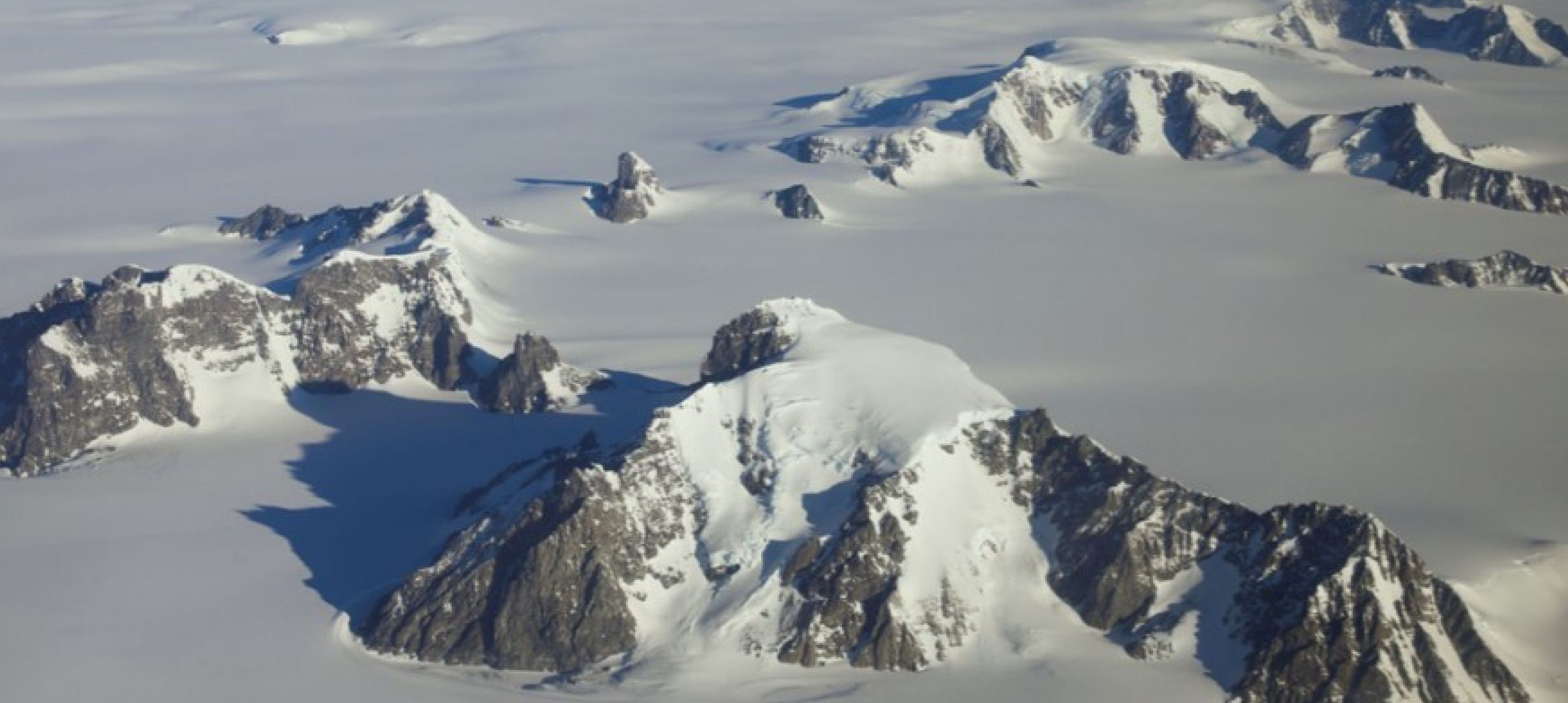
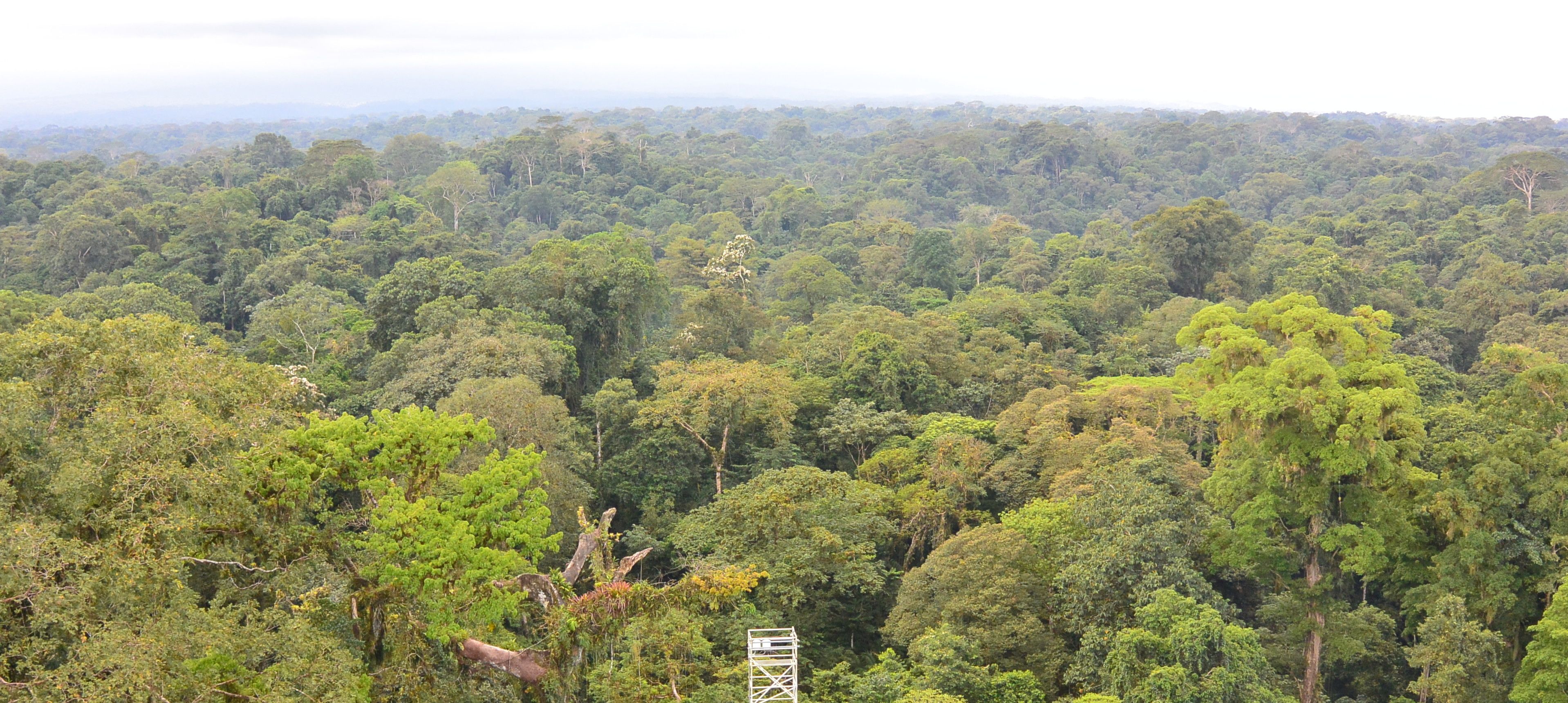
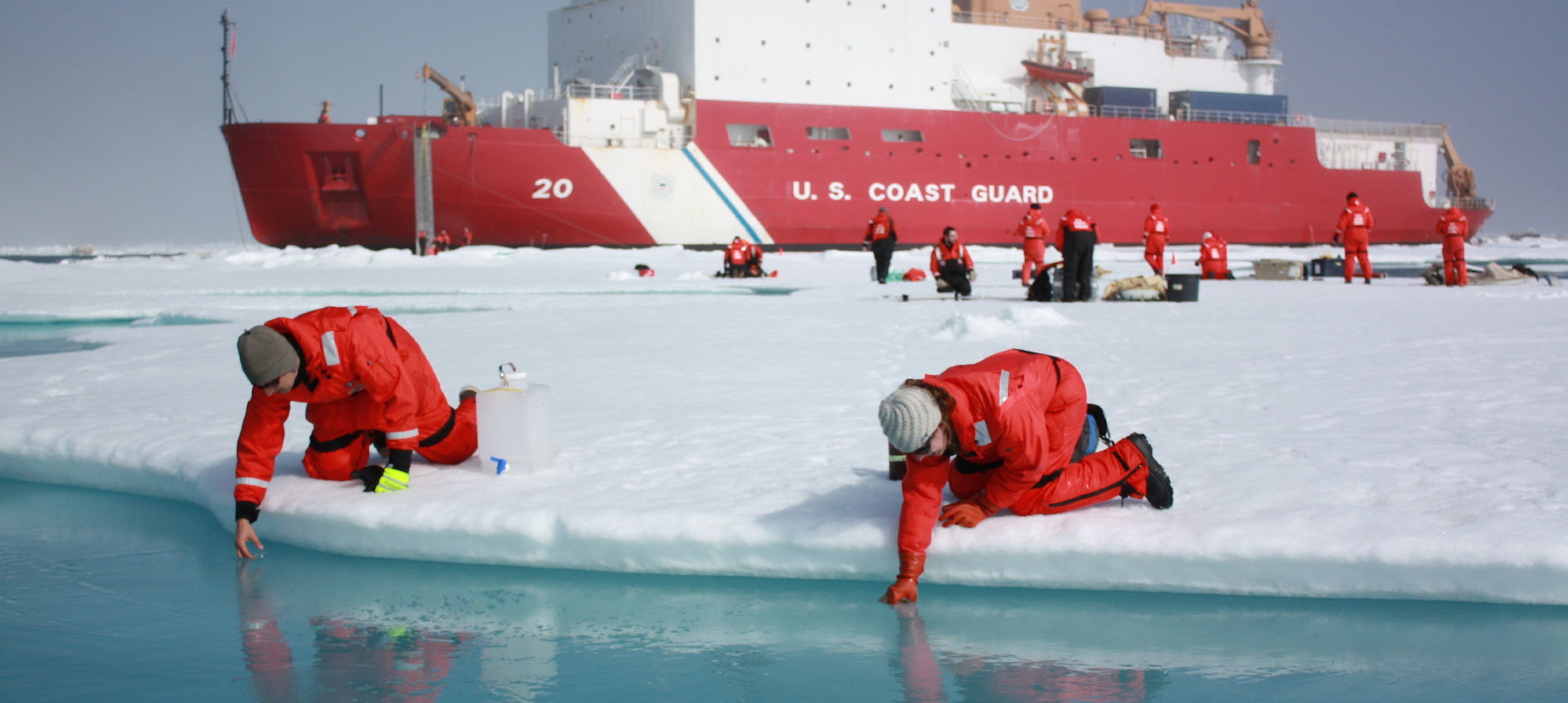
--tojpeg_1591184042574_x4.jpg)
